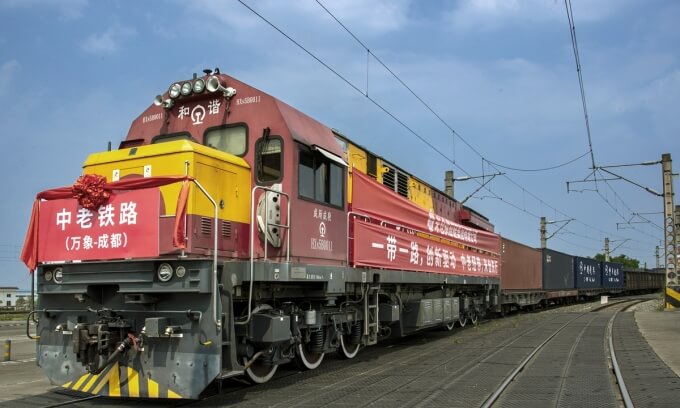When importing and exporting goods, freight owners choose a carrier based on freight rates, services, transit time, environmental impact, brand…
Choosing a freight carrier, especially international shipping, is a challenging decision for many managers. In addition to obvious factors such as service at terminals and freight rates, there are many other factors that freight owners has to consider when choosing.
Below are the basic criteria to help freight owners choose a container shipping service provider.
Services at port
Container carriers often deploy door-to-door services, connecting ports of origin and port of destination, along with other support services.
For exported and imported goods, many freight forwarding companies will offer their accompanying services such as customs clearance support, specialized inspection for imported goods, along with international shipping services for the convenience of freight owners.
At the two ends of the port, container shipping companies also combine road transport services, including tractors, specialized vehicles, equipment, loading and unloading containers, warehouse delivery… The combination of services at the port ensures the extension and forms a service chain in the field of multimodal transport, as well as logistics.
Carriers included in the consideration are required to fullly satisfy capacities to serve the transportation demands of customers.
Freight rates
Freight rates are a decisive factor in the carrier selection process and are often one of the pieces of information that a service provider is required to respond to. In addition to the service fee, freight owners will check the quality of services provided by the potential partner.
Freight owners should not trade-off between saving freight rates and the increase of other costs incurred such as excess inventory, provision, risk of out of stock, etc.
Direct shipping or transshipment
Carriers can offer two separate products to freight owners wishing to export to international ports, helping consignors to choose an option that better suits their requirements. They are direct shipping (to the port of destination with only one vessel) or transshipment (mobile transport of goods by one or more different vessel).
Each mode of transportation has its own pros and cons, and freight owners should carefully evaluate each one in detail as the distances involved, freight rates, ocean transit times and reliability of the will vary for each route. The company’s choice of route will depend on factors such as the nature and value of the cargo, the urgency of the transportation, onward connections, weather conditions, geopolitical environment, etc.
Customer service
Freight owners should choose a carrier that provides good customer service, and takes initiative in handling customer issues. Because, during the shipping process, freight owners almost completely depend on the carrier for regular updates and daily status reports.
If the carrier has a good customer service team, freight owners can be assured of timely updates, visibility and cargo security, proactive support to ensure timely delivery and cooperation from the carrier.
Shipping time
For some frozen goods with high value, seasonal commodities such as fashion clothes, seasonal clothes, etc., freight owners wish their shipments to arrive as quickly as possible, to ensure their business operations.
Shipping time depends not only on the services at the port, but also on the choice of shipping route and schedule of each shipping line.
Slower carriers often offer lower rates to entice freight owners to book with them, while faster carriers charge more. Therefore, freight owners should compare between the cost benefits and the shipping time to make the right choice.
Stability and Sustainability
A stable carrier in the market will ensure service productivity for customers’ transportation demands. In the long run, freight owners will enjoy many benefits when entering into a deal with a partner with a stable position in the market and sustainable growth.
The aim is to develop a symbiotic and mutually beneficial relation, of which both parties strive to maximize long-term strategic advantages rather than short-term benefits. For this reason, large companies often prefer to work with well-known carriers and often enter into multi-year contractual relationships and multiple trade routes.
Environmental concerns
The growing focus on the environmental impact of shipping and concerted efforts to reduce the greenhouse gas emissions caused by the shipping industry are increasing proportion in the selection criteria used by freight owners to evaluate and rank carriers. Between the two reputable companies, customers today often tend to choose the more environmentally friendly company.
Hoang Minh (according to Marine Insight)
 Address: Room 512, TD Busines Building, Lot 20A, Le Hong Phong Street, Ngo Quyen District, Hai Phong
Address: Room 512, TD Busines Building, Lot 20A, Le Hong Phong Street, Ngo Quyen District, Hai Phong Email:
Email: 






 admin
admin 04 Jan, 2023
04 Jan, 2023




